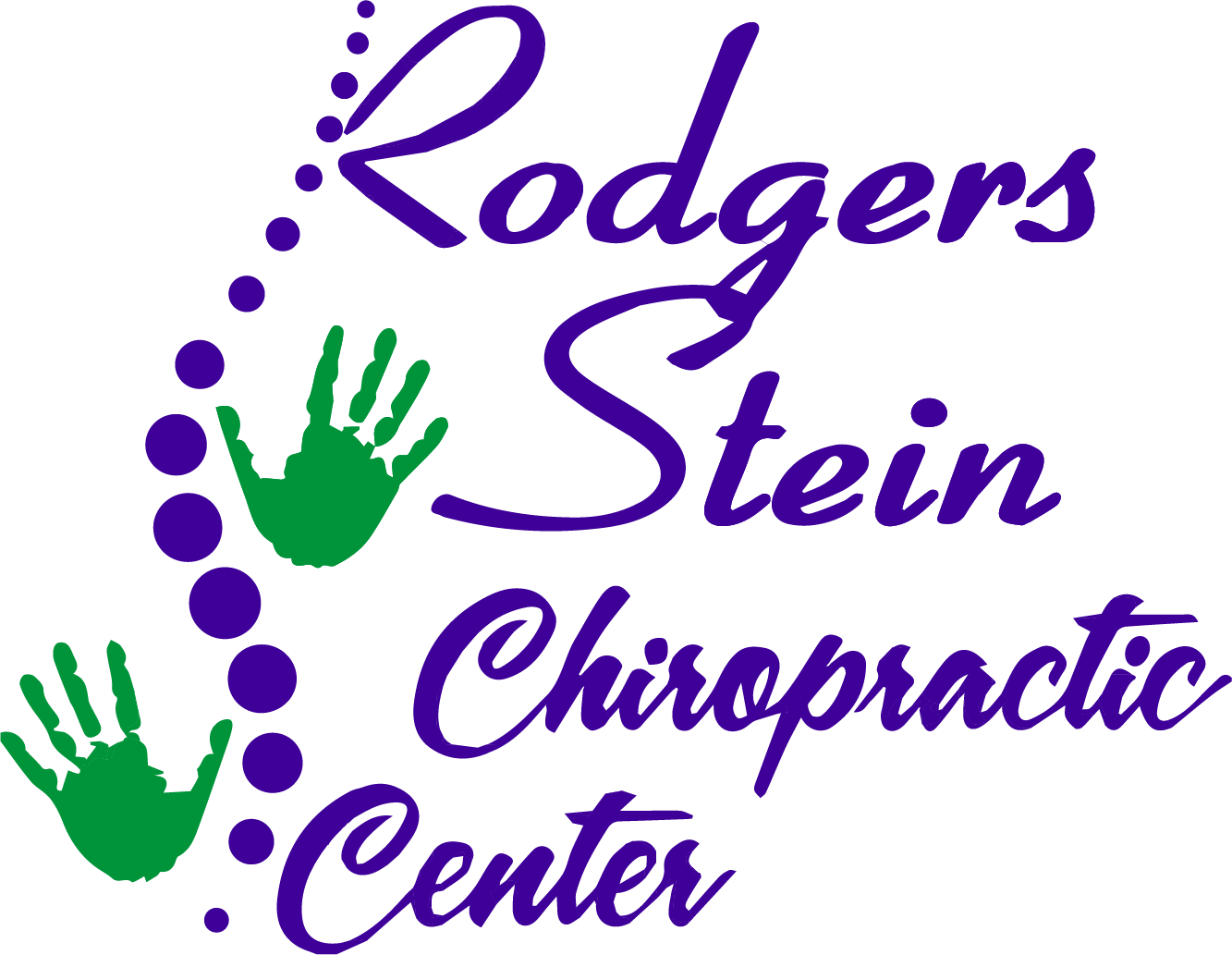You might not realize how much your posture impacts your overall wellness at work. Poor alignment can lead to discomfort, decreased productivity, and even long-term health issues. By adopting simple strategies for posture correction, you could transform your daily routine and enhance your well-being. There are effective tools and techniques available that can make a significant difference, but understanding how to implement them is key. What if you could create a more supportive work environment that not only boosts morale but also fosters better health? The answer lies in a few strategic adjustments.
Importance of Posture in the Workplace
Posture plays an essential role in your overall workplace wellness. When you maintain good posture, you're not just looking more professional; you're also supporting your body's natural alignment. This alignment helps reduce strain on your muscles and joints, allowing you to work more efficiently and effectively throughout the day. You might be surprised at how much your posture affects your energy levels and focus.
By sitting or standing correctly, you can improve your circulation and decrease fatigue. You'll find that you can concentrate better, leading to enhanced productivity. Plus, good posture can boost your confidence. When you hold yourself upright, you project an image of assurance, which can positively influence your interactions with colleagues and clients.
Additionally, practicing proper posture can help prevent long-term health issues. When you position your body correctly, you're less likely to experience discomfort or pain in your back, neck, and shoulders. This proactive approach to your posture can lead to a more enjoyable work experience, keeping you engaged and motivated.
Incorporating posture awareness into your daily routine isn't just beneficial—it's essential. Simple changes, like adjusting your chair height or using a standing desk, can make a big difference. You'll feel the rewards in your physical health and mental clarity.
Common Posture-Related Issues
You mightn't realize it, but poor posture can lead to common issues like neck and shoulder pain, lower back discomfort, and an ineffective ergonomic setup.
These problems can greatly impact your productivity and well-being at work.
Let's explore how addressing these issues can improve your overall workplace experience.
Neck and Shoulder Pain
Neck and shoulder pain often creeps in silently, becoming a frustrating companion for many who spend long hours at a desk.
Poor posture is often the culprit, leading to muscle tension and discomfort. You mightn't realize it, but the way you sit can greatly impact how you feel.
To combat neck and shoulder pain, consider these three tips:
- Adjust Your Chair: Make sure your chair supports your lower back and allows your feet to rest flat on the floor. Your knees should be at a 90-degree angle, which can help align your spine.
- Screen Height: Position your computer screen at eye level. This way, you won't have to strain your neck by looking down or up. Your eyes should naturally be aligned with the top third of the screen.
- Frequent Breaks: Take short breaks every hour to stretch and reset your posture. Simple neck rolls and shoulder shrugs can relieve tension and improve blood flow.
Lower Back Discomfort
Many people experience lower back discomfort, especially those who spend extended hours sitting at a desk. Poor posture can contribute greatly to this issue. When you slouch or lean forward, your spine loses its natural curvature, placing extra pressure on your lower back. This leads to discomfort and can even result in chronic pain if not addressed.
You might notice that your lower back starts to ache after long periods of sitting without breaks. This discomfort often stems from weak core muscles and tight hip flexors, which can happen when you don't engage in regular movement. Taking short, frequent breaks to stand, stretch, or walk can make a world of difference.
Additionally, being mindful of your posture while seated helps. Keep your feet flat on the floor, and your knees should be at a right angle. Adjust your chair to support your lower back, so you don't have to hunch over your keyboard.
Poor Ergonomic Setup
Lower back discomfort often stems from a poor ergonomic setup, which can exacerbate posture-related issues in the workplace.
When your workstation isn't designed with your body in mind, it can lead to a host of problems that affect your comfort and productivity. You mightn't realize it, but simple adjustments can make a significant difference.
Here are three common issues caused by poor ergonomic setups:
- Chair Height: If your chair is too low or high, it can strain your lower back. Your feet should rest flat on the floor, with your knees at a 90-degree angle.
- Monitor Position: Placing your monitor too high or low can cause neck and shoulder strain. Ideally, the top of the screen should be at eye level, about an arm's length away.
- Keyboard and Mouse Placement: If your keyboard and mouse are too far away or at an awkward angle, it can lead to wrist and shoulder discomfort. Keep them close and make sure your wrists remain straight while typing.
Benefits of Posture Correction
Improving your posture can lead to a remarkable transformation in your overall health and well-being. When you stand or sit up straight, you're not just looking more confident; you're also allowing your body to function effectively.
Good posture aligns your spine, which reduces strain on your muscles and ligaments. This alignment can help alleviate back, neck, and shoulder pain that often arises from slouching or hunching over your desk.
You'll also find that your breathing improves when you maintain proper posture. By opening up your chest and allowing your lungs to expand fully, you can increase oxygen flow, boosting your energy levels and concentration. This heightened alertness can enhance your productivity, making you more efficient in your tasks throughout the day.
Moreover, good posture can positively impact your digestion. When you sit or stand straight, you reduce pressure on your abdominal organs, allowing them to function better. This can lead to fewer digestive issues, helping you feel more comfortable during long work hours.
Mental health benefits are another bonus. Good posture can improve your mood and even decrease feelings of stress. When you carry yourself confidently, you may feel more empowered and ready to tackle challenges.
Ergonomic Workstation Setup
Setting up your workstation ergonomically is essential for maintaining comfort and productivity.
Start by adjusting your chair height so your feet rest flat on the floor, and then position your monitor at eye level to reduce neck strain.
These simple adjustments can make a significant difference in your overall posture and well-being.
Chair Height Adjustment
Finding the right chair height is essential for an ergonomic workstation setup. When your chair is adjusted properly, you can maintain good posture, reduce strain on your back, and enhance your overall comfort while working.
Here are some key steps to help you achieve the correct chair height:
- Feet Flat on the Ground: Adjust your chair so that your feet rest flat on the floor or on a footrest. This position helps distribute your weight evenly and supports your lower back.
- Knees at Hip Level: Your knees should be at or slightly below your hips. This alignment promotes better circulation and reduces pressure on your thighs.
- Arm Position: Your elbows should be at a 90-degree angle when your arms rest on the desk or armrests. This position helps prevent shoulder strain and encourages a relaxed posture.
Monitor Placement Guidelines
Your monitor's placement plays an essential role in maintaining an ergonomic workstation. Position it at eye level, so you don't have to tilt your head up or down. Ideally, the top of the screen should be at or slightly below your eye line. This helps reduce neck strain and promotes better posture.
Also, keep the monitor about an arm's length away from your eyes. This distance allows you to read comfortably without straining your eyes. If you wear glasses, consider your prescription's impact on this distance for maximum clarity.
To minimize glare, angle your monitor slightly away from windows or overhead lights. A matte screen filter can also help reduce reflections, which can be distracting.
Lastly, make sure your monitor is centered in front of you. Avoid twisting your torso by placing it directly in line with your primary work area. This alignment encourages a more natural sitting position, reducing the risk of back and shoulder discomfort.
Exercises for Better Posture
Incorporating specific exercises into your daily routine can greatly enhance your posture and reduce discomfort. By focusing on strengthening and stretching the muscles that support your spine, you'll find it easier to maintain an upright position throughout the day.
Here are three effective exercises you can start with:
- Cat-Cow Stretch: Begin on all fours with your hands under your shoulders and knees under your hips. Inhale as you arch your back, letting your belly drop (Cow pose), and exhale as you round your spine, tucking your chin to your chest (Cat pose). Repeat this sequence for 10-15 repetitions. This exercise increases flexibility in your spine and relieves tension in your back.
- Wall Angels: Stand with your back against a wall, feet a few inches away. Press your lower back, shoulders, and head against the wall. Raise your arms to form a "W" shape, keeping your elbows and wrists touching the wall. Slowly slide your arms up to form a "Y" and back down to the "W". Perform 10 repetitions. This helps open up your chest and strengthens your upper back.
- Seated Torso Twist: Sit on a chair with your feet flat on the ground. Place your right hand on the back of the chair and twist your torso to the right, holding for 15-30 seconds. Switch sides and repeat. This exercise promotes spinal mobility and helps relieve tension in your back.
Implementing Posture Awareness Programs
Enhancing posture through targeted exercises is only one part of the equation; fostering a culture of posture awareness in the workplace can lead to long-lasting improvements.
To implement effective posture awareness programs, start by educating your team about the importance of good posture. Conduct workshops or seminars that focus on the benefits of proper alignment and how it can affect their overall health and productivity.
Encourage regular posture checks throughout the day. You might consider setting reminders for employees to stand up, stretch, or adjust their seating positions. This not only keeps posture top of mind but also helps break up long periods of sitting.
You can incorporate fun challenges, like "Posture Pals," where coworkers remind each other to maintain good posture, fostering camaraderie and accountability.
Visual aids can also be beneficial. Place posters around the office with tips on maintaining proper posture, or create an easy-to-follow guide that employees can reference at their desks. This keeps everyone focused on their posture and reinforces good habits.
Additionally, consider appointing posture champions within various departments. These individuals can serve as resources for their colleagues, sharing techniques and tips for improving posture in daily tasks.
By involving employees in the program's implementation, you'll create a sense of ownership and increase engagement.
Ultimately, integrating posture awareness into your workplace culture can lead to improved employee well-being and productivity, making it a win-win situation for everyone involved.
Role of Technology in Posture Correction
Technology plays an essential role in posture correction, offering innovative solutions that help individuals monitor and improve their alignment throughout the day.
With the right tools at your fingertips, you can easily track your posture and make necessary adjustments to enhance your comfort and productivity.
Here are three ways technology can support you in your posture correction journey:
- Wearable Devices: Wearable technology, like posture-correcting smart devices, can provide real-time feedback on your alignment. These gadgets often vibrate or send alerts when you slouch, reminding you to sit up straight and engage your core.
- Mobile Apps: Several apps are designed to analyze your posture and provide tailored exercises or stretches to improve your alignment. These apps might include gamified experiences that make the process enjoyable, encouraging you to stay committed to your posture improvement goals.
- Ergonomic Software: Some software programs analyze your workstation setup and offer recommendations for adjustments. By guiding you on how to position your screen, chair, and keyboard, these tools help create a workspace that promotes better posture.
Encouraging Regular Movement
While technology aids in posture correction, it's equally important to stay active throughout the day. Incorporating regular movement into your routine can greatly enhance your overall well-being and help alleviate the negative effects of prolonged sitting.
When you get up and move, you're not just giving your muscles a break; you're also boosting circulation and reducing the risk of stiffness and discomfort associated with poor posture.
Try setting a timer to remind yourself to stand up and stretch or walk around every hour. Even a brief five-minute break can make a difference. Use this time to perform simple stretches, take a quick walk, or engage in light exercises that can invigorate both your body and mind.
Walking to a colleague's desk instead of sending an email is another great way to incorporate movement.
If you work in a setting where standing desks are available, consider alternating between sitting and standing throughout the day. This can help you maintain better posture while also promoting mobility.
You might even consider using an under-desk treadmill or a balance ball chair to keep your body engaged.
Ultimately, it's about making movement a priority in your daily routine. By consciously incorporating regular bursts of activity into your workday, you'll not only enhance your posture but also improve your focus, energy levels, and overall productivity.
Creating a Supportive Work Culture
In today's fast-paced work environment, fostering a supportive culture is essential for promoting employee well-being and effective posture correction.
When you create an atmosphere where everyone feels valued and encouraged, you not only enhance morale but also improve productivity. A positive work culture can greatly impact how employees approach their health, including their posture.
Here are three ways you can build a supportive work culture focused on posture correction:
- Encourage Open Communication: Make it easy for employees to share concerns about their posture or any discomfort they experience. Regular check-ins and feedback sessions can help identify issues before they escalate.
- Provide Resources and Training: Offer workshops or training sessions on proper ergonomics and posture habits. Equip your workspace with ergonomic furniture, such as adjustable desks and supportive chairs, to facilitate better posture naturally.
- Promote Team Activities: Organize group activities that promote physical well-being, like stretching breaks or yoga sessions. These initiatives can help employees bond while also reinforcing the importance of good posture in a fun and engaging way.
Conclusion
Incorporating posture correction into your workplace wellness initiatives can lead to a healthier, more productive environment. By prioritizing ergonomic practices and encouraging regular movement, you'll not only reduce the risk of musculoskeletal issues but also enhance employee morale and focus. Embrace technology and create a culture that supports well-being, and you'll see the positive impact on both individual performance and overall team dynamics. It's time to invest in better posture for a brighter work future!



